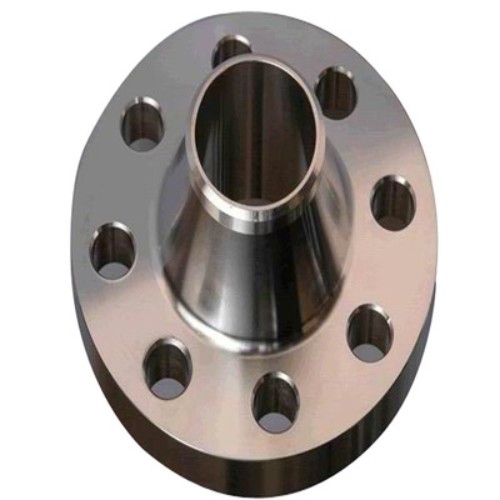gate valve with flange
Understanding Gate Valves with Flanges Design, Function, and Applications
Gate valves are essential components in a wide range of industrial applications, particularly in systems that require precise flow control. Among the various types of gate valves available, those equipped with flanges have gained popularity due to their robust design and ease of installation. This article provides a comprehensive overview of gate valves with flanges, exploring their structure, functionality, advantages, and common applications.
What is a Gate Valve?
A gate valve is a type of linear valve that opens by lifting a round or rectangular gate out of the path of the fluid. They are primarily used to fully stop or allow the flow of fluid and are often located in pipelines, irrigation systems, and various industrial processes. These valves are typically not used for throttling; instead, they are designed for maximum flow with minimal pressure drop when fully opened.
Flanged Gate Valves Structure and Design
Flanged gate valves incorporate flanges at either end of the valve body, allowing for a strong mechanical connection to the piping system. This design makes it easier to install or replace the valve, compared to threaded or welded valves. The flanges are standardized dimensions that facilitate compatibility across different systems and components, ensuring a secure and leak-proof seal when bolted together.
Flanged gate valves are available in various materials, including cast iron, bronze, stainless steel, and carbon steel, which can be selected based on the specific requirements of the application, such as temperature, pressure, and corrosive environments. The sealing mechanism typically consists of a resilient packing material that prevents leakage when the valve is closed.
Functionality of Gate Valves with Flanges
The primary function of a flanged gate valve is to control the flow of liquids or gases through a pipeline. When the valve is in the open position, the gate is elevated, allowing fluids to flow freely. Conversely, when the valve is closed, the gate descends into the fluid pathway, effectively blocking the flow. The operation can be manual or automated, depending on the specific application.
gate valve with flange

One of the main advantages of a flanged gate valve is its ability to provide a straight-through flow path, which minimizes turbulence and pressure loss. This characteristic makes gate valves particularly suitable for applications where a full flow with minimal obstruction is required.
Advantages of Flanged Gate Valves
1. Easy Installation and Maintenance The flange design allows for straightforward installation and removal, facilitating maintenance and repairs without the need for extensive modifications to the piping system. 2. Robust Design Flanged gate valves are built to withstand higher pressures and are suitable for demanding industrial environments. Their sturdy construction enhances durability and reliability.
3. Versatility They can be used in various applications, including water distribution, oil and gas, chemical processing, and HVAC systems. Their adaptability makes them a go-to choice for many industries.
4. Low Pressure Drop When fully open, gate valves provide minimal resistance to flow, which is critical in applications requiring efficient fluid transfer.
Common Applications
Flanged gate valves are commonly used in various sectors, including municipal water systems, wastewater treatment facilities, power generation, petrochemical plants, and heating systems. Their ability to handle high pressures and flow rates makes them ideal for these demanding environments.
In summary, gate valves with flanges are an integral part of fluid control systems in numerous industries. Their robust design, ease of installation, and reliable performance make them a preferred choice among engineers and maintenance professionals alike. Whether utilizing them in a new installation or as part of an upgrade, understanding the characteristics and capabilities of flanged gate valves is crucial for optimizing system performance and ensuring long-term reliability.
-
Breakthrough in Domestic Low Temperature Valve Technology in ChinaNewsAug.18,2025
-
From Machinery to Intelligent Brain: The Digital Transformation Wave of the Valve IndustryNewsAug.18,2025
-
PCVEXPO 2025NewsAug.18,2025
-
The Key to Fluid Control: Exploring the Advantages of Ball Valves in Industrial SystemsNewsJul.09,2025
-
The Versatile World of 1, 2, and 3 Piece Ball ValvesNewsJul.09,2025
-
Stainless Steel Ball Valves: The Ideal Choice for Efficient Flow ControlNewsJul.09,2025
-
Optimizing Fluid Control with Ball Float ValvesNewsJul.09,2025




